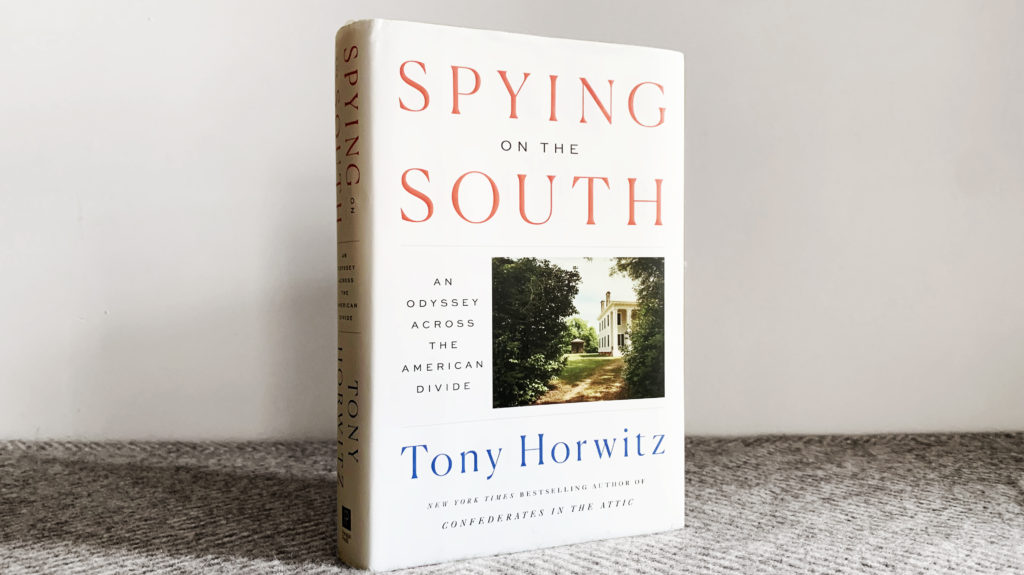Tony Horwitz
2019
Penguin Press
417 pages
Few designers in American history have had a greater effect on the nation’s cities than Frederick Law Olmsted (1822-1903). Olmsted is well known as a pioneer of landscape architecture and for his role in designing New York City’s Central Park, but few know of his stint as a correspondent for the New York Times traveling through the South in the lead up to the Civil War. It is this period of Olmsted’s life that author Tony Horwitz brings to light in his engaging new book, “Spying on the South.”
Horwitz follows Olmsted’s path through the South to the Mexican border, interspersing quotes from Olmsted’s journals and articles and commenting on how things have changed in the last century and a half. Horwitz is quick to identify himself with Olmsted who, like he, was raised by well off and forward thinking parents. As with their travel routes, their observations mirror one another. Both praise the beauty of the landscape and, generally, condemn the pitiable ignorance of its inhabitants, all while seeming to float above the particulars of the places and lives they encounter. Horwitz’s authorial voice sometimes approaches that of an omniscient narrator.
Olmsted, who set out hoping to engage southern aristocrats in genteel conversation, instead experienced a political awakening on his journey. He concluded that slavery was not only a hinderance to the economic and industrial progress of the South, but a moral abomination. Olmsted, upon his return to the North, threw himself into civic life including supporting Union efforts in the Civil War.
Olmsted’s work as a landscape architect was a continuation of his drive to serve the public by bringing the restorative powers of nature into the heart of America’s largest cities. He influenced the development of the Garden City Movement, the school of urban planning of which Ginter Park is one product. His foundational role in the professionalization of landscape architecture paved the way for Richmond’s most famous garden designer, Charles Gillette.
Horwitz, a Pulitzer Prize winning reporter who achieved national fame for his 1998 book “Confederates in the Attic,” died suddenly at the age of 60 in May of this year. “Spying on the South,” his final work, is a representative sample of what had become his signature blend of historical survey and reportage. Horwitz wrote widely, but his last book attests to his reputation as a thoughtful interpreter of the Civil War era in particular, building on “Confederates in the Attic” and his 2008 book “Midnight Rising: John Brown and the Raid that Sparked the Civil War.”
Informative, enjoyable, and immensely readable, “Spying on the South” has earned a place on Richmond bookshelves.
Don O’Keefe


Write a Comment